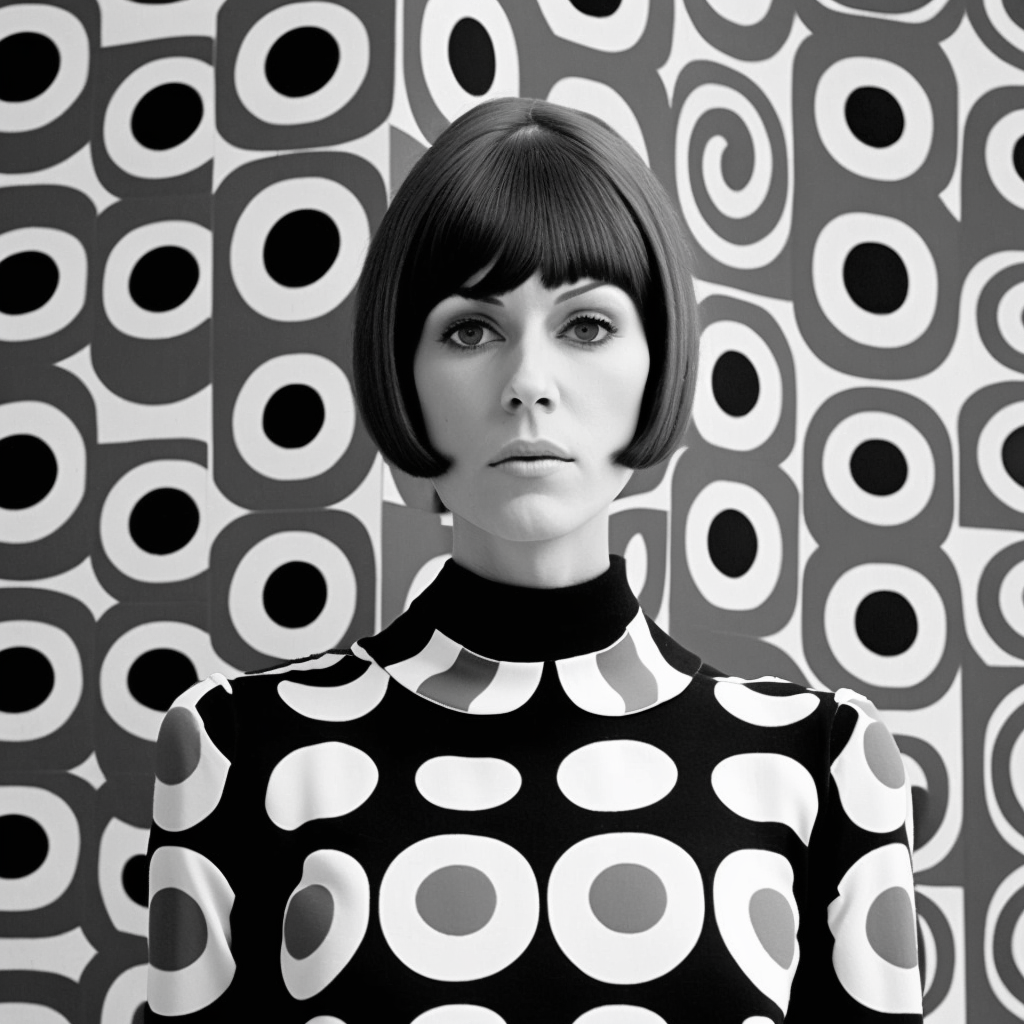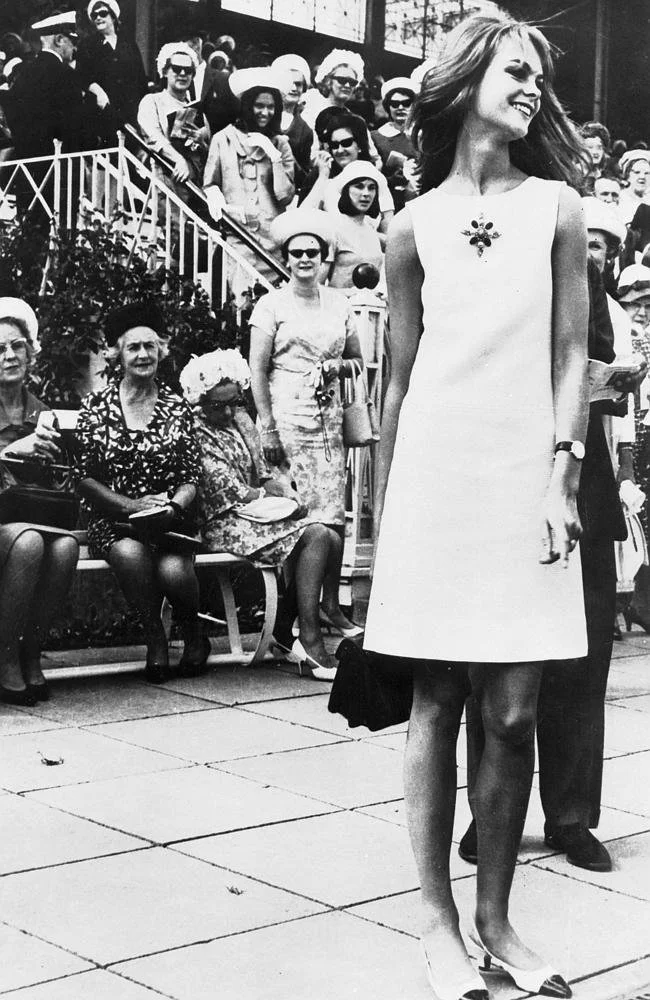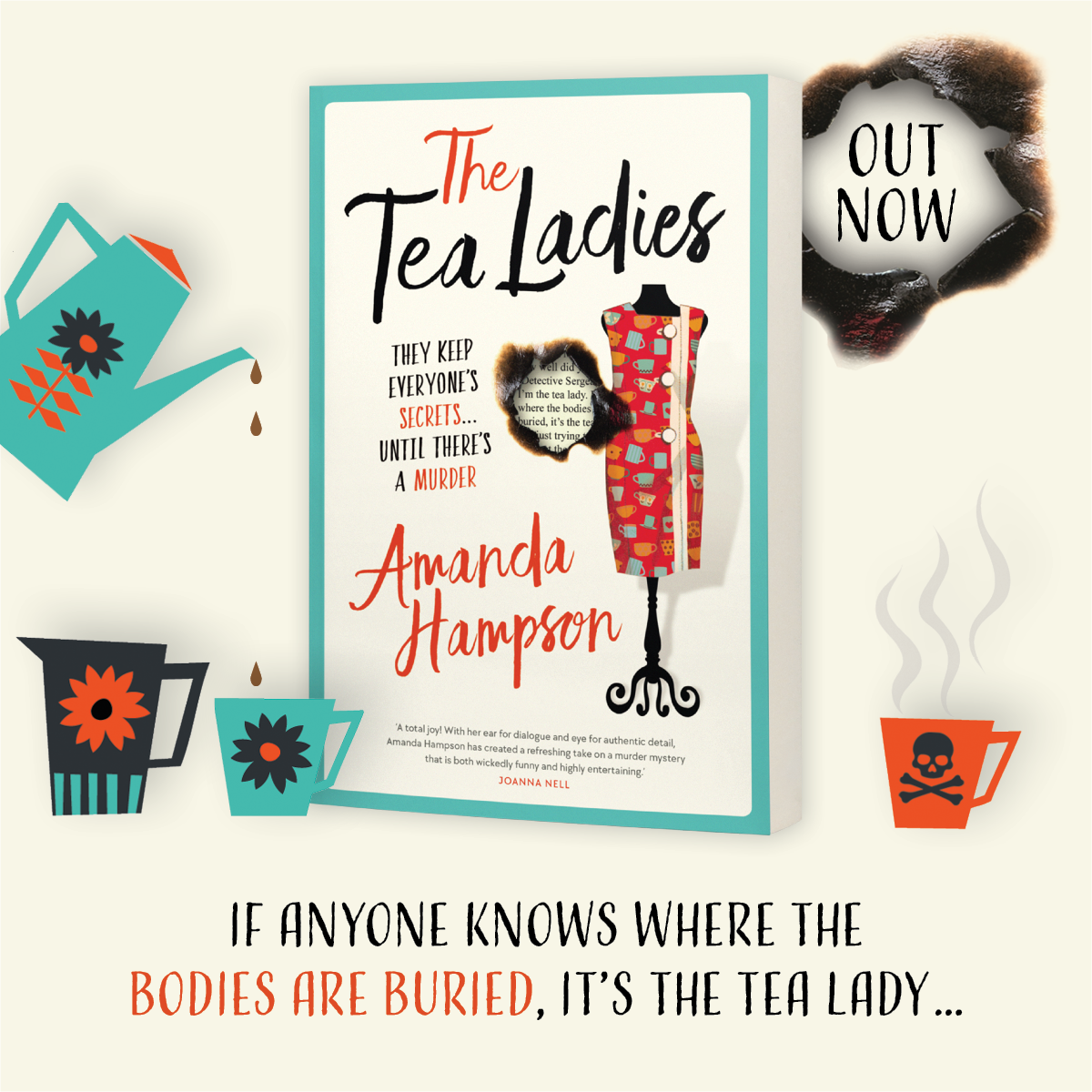Why are we still in love with Sixties fashion?
In the 1950s, women’s fashion was all about being demure, tasteful and feminine. Colour co-ordination was paramount; matching shoes, handbags, and hats. White gloves for special occasions and church. Stockings held up by suspender belts. Pierced ears were condemned as ‘cheap’, as was too much eye-makeup. There were a lot of rules.
Sixties fashion was all about breaking those rules.
Keen to ditch the dreary styles and subdued colours of the past decades, we rushed to embrace the bold, colourful, and playful fashions of Mary Quant.
Mary Quant’s Revolution
The miniskirt was a symbol of liberation. Quant’s geometric patterns, op-art designs and bold clashing colours were adventurous and exciting.
Twiggy : the face of 1966.
Thin with cropped hair and big eyes, she was boyish but feminine. She disrupted the narrow guidelines considered acceptable for a female’s appearance. Her startling image stared out from every magazine, and we couldn’t get enough of her.
The Shrimp.
The fashion revolution arrived overnight in Australia in 1965 when the famous model Jean Shrimpton (aka the Shrimp) wore a mini dress to the Melbourne Cup. It shocked the nation, and by the next day, half the young women in the country wanted one just like it.
Most homes had a sewing machine and we could make these simple A-line mini dresses in ‘way out’ fabrics and imagine ourselves to be the height of fashion. I remember running up a particularly fetching pair of orange bell-bottoms when I was about fourteen and made plenty of mini skirts that I was forbidden to wear out of the house until I took the hem down.
Sixties fashion was about self-expression and individuality, not doing the ‘right thing’ and fitting in. Gender norms were challenged. Women began to wear pants while men experimented with longer hair and colourful patterns. It was a time of incredible creativity and experimentation.
Sure, there were some passing fads (duffel coats, tie-dye, bare feet, head-bands) but many of the sixties styles are still around: kaftans, minis, hot-pants, platforms, vivid colours and patterns, animal prints, and the ubiquitous jean jacket – even false eyelashes have made a come back!
From the miniskirt to the mod look to psychedelic fashion, we’re still inspired by the fashion revolution of the sixties.
The Tea Ladies is set in 1965 in the ‘rag trade’ of Sydney’s Surry Hills. One of the many aspects I loved about working on it was revisiting the evolution and transformation of fashion in the time. It brought back so many memories of how fun fashion was back then. I hope you enjoy it too.
The Tea Ladies by Amanda Hampson
A wickedly witty cosy crime novel set in Sydney in the swinging sixties, ideal for fans of Richard Osman and Bonnie Garmus.





